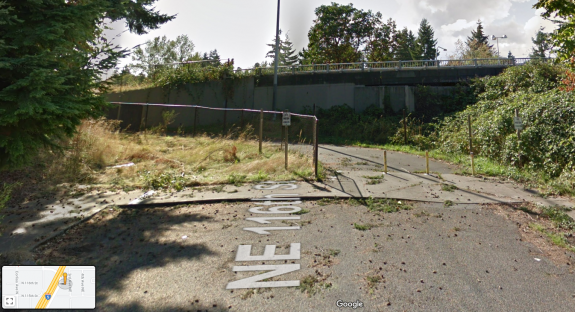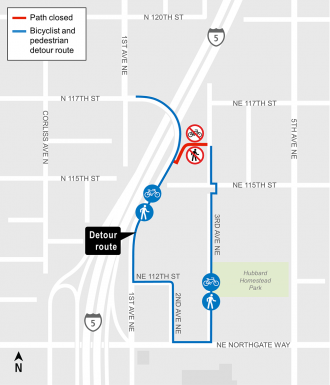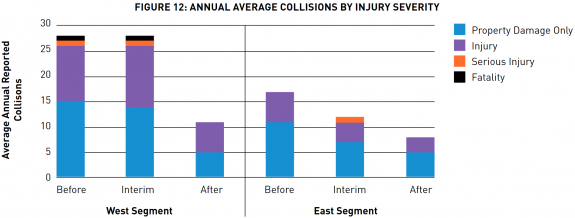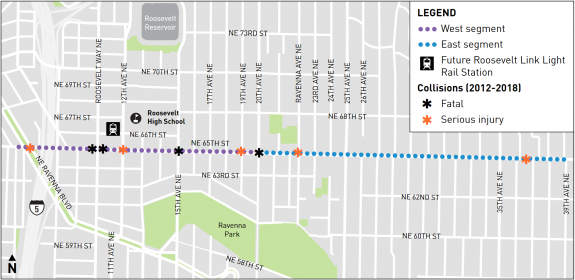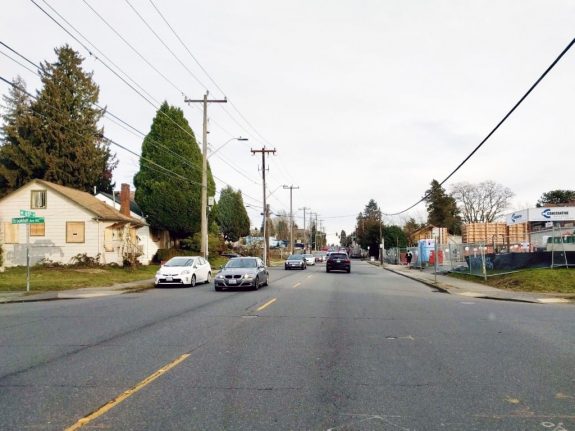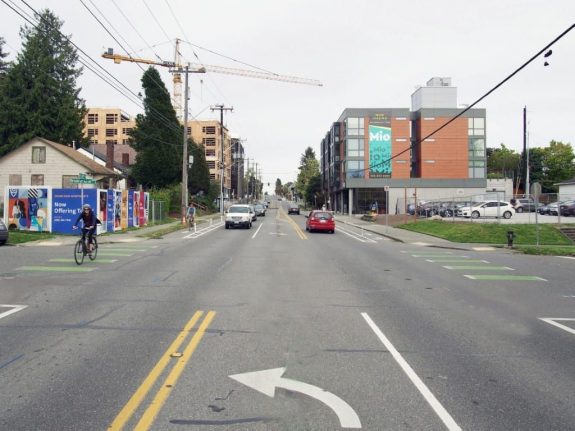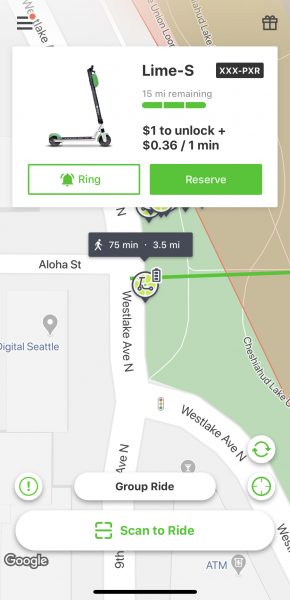A Seattle Police officer was caught on video intentionally rolling their police bicycle over the head and neck of a man lying face down in the street last night as people protested the lack of charges against the officers who murdered Breonna Taylor in Kentucky.
The officer was walking the bike and stepped over the man lying face down, then purposefully rolled the bicycle first over the man. The front wheel goes over his head, then the rear wheel goes over his neck. The man is in obvious pain as it happens. CJTV captured the moment during a live stream.
In a statement, SPD said they are “aware of a video circulating on the internet that apparently shows an SPD bike officer’s bike rolling over the head of an individual laying in the street. This matter will be referred to the Office of Police Accountability for further investigation.” Of course, the bike didn’t roll itself over an individual, an officer intentionally rolled the bike over the person’s head and neck. UPDATE: The King County Sheriff’s Office will investigate the incident, according to the SPD Blotter.
Caution, the video is disturbing:
The police at the #seattleprotests just ran over an injured mans head with their bikes. @SeattlePD is this how you train your officers? pic.twitter.com/c4e146tsmi
— Martin Banks (@WarlockBranis) September 24, 2020
It’s assault, it’s violent and the officer did it knowing that cameras were rolling and that we were all watching. It’s shocking to see just how comfortable this officer is while casually hurting someone who could not possibly pose any threat. These police bikes, made by Washington State bike maker Volcanic, are heavy both in design and because they are carrying lots of equipment.
The police are out of control, and Mayor Jenny Durkan is doing nothing to stop them. Instead, she is spending her time and effort protecting the department from any budget cuts. The City Council this week defended its mid-year budget, which included very modest cuts to the SPD budget, by voting 7 to 2 to override Mayor Durkan’s veto. The vote was a moment of victory for people who have been pouring their hearts out in the streets all summer protesting against racist police violence and advocating for investments in community, especially Black community. (more…)

